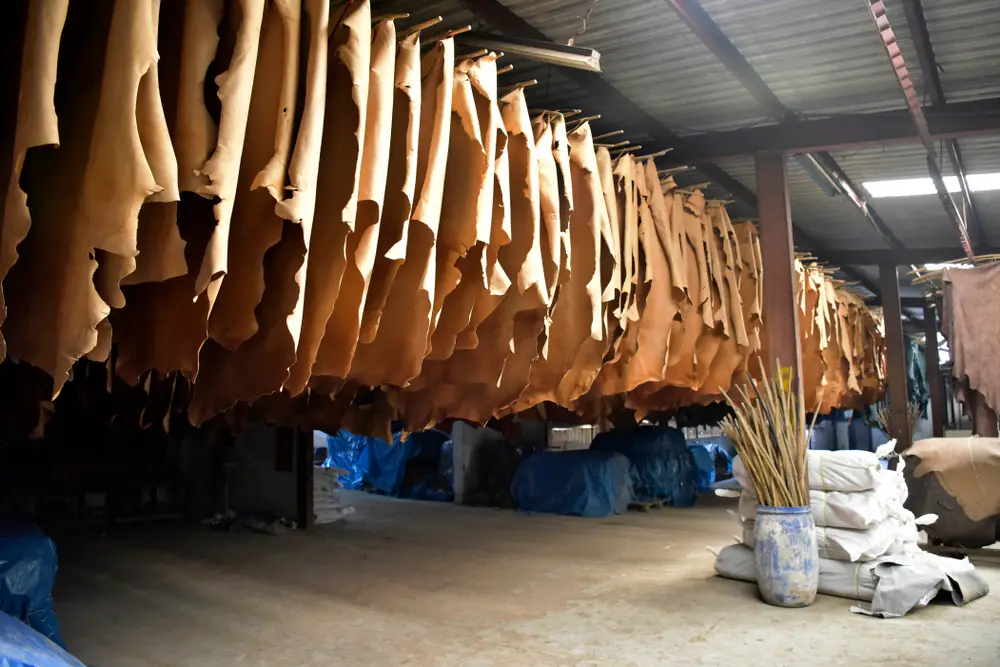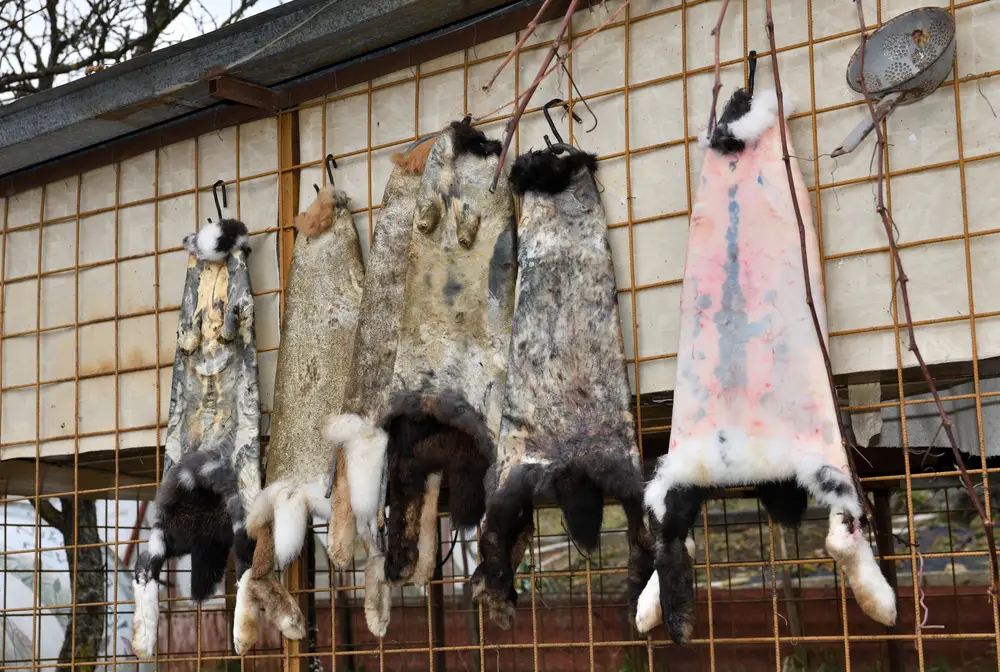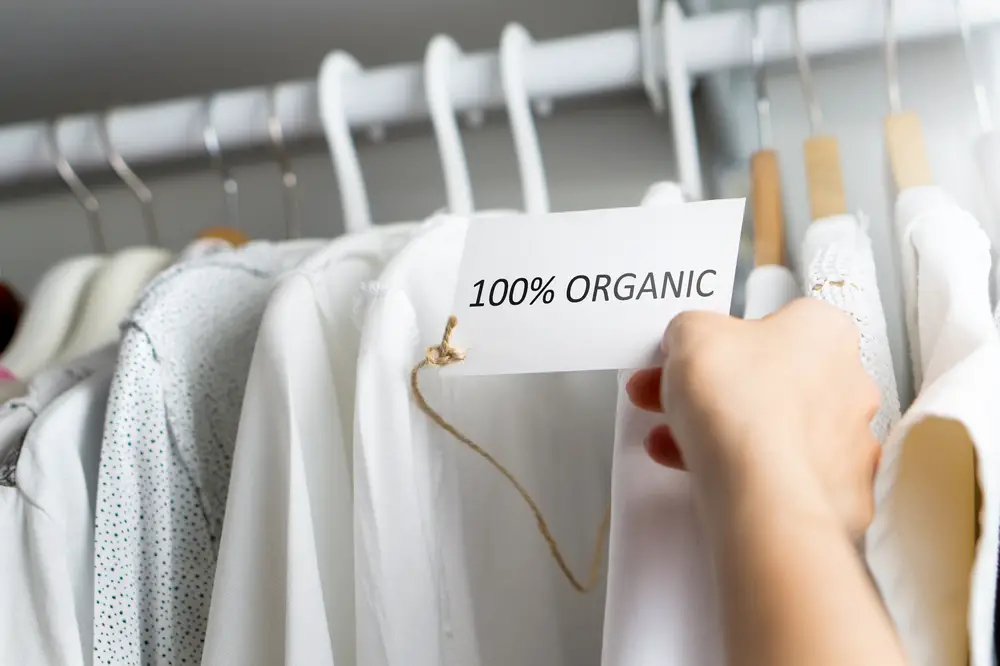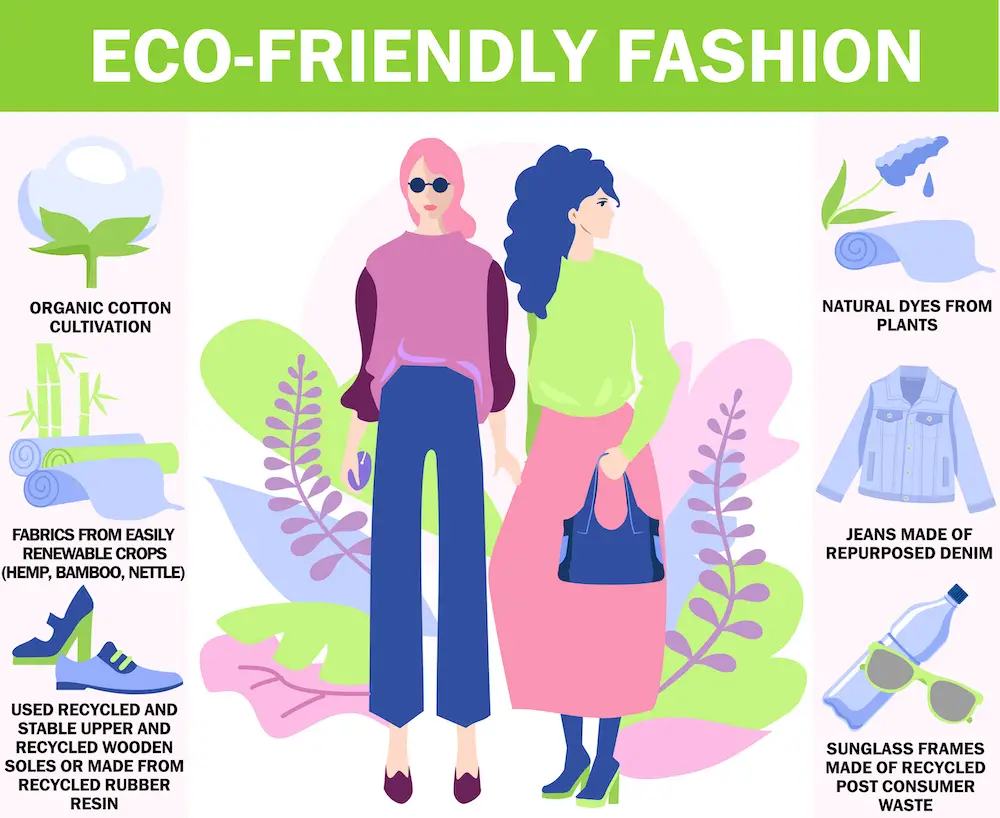Let’s get real – major clothing brands don’t often take animal or human welfare into consideration. Fast fashion houses like Zara or Nike are notorious for running horrific sweatshops. And many high fashion brands turn a blind eye to the cruel conditions that animals are subjected to before they’re turned into luxury clothes.
Clothing brands are cruel to animals in two main ways:
Certain clothing brands have ethically sourced collections. But it’s rare to find a household clothing brand that doesn’t use animal byproducts in some way.
In this article, we will look at specific brands that are guilty of highly unethical animal practices and if there’s hope for a cruelty-free fashion.
Clothing Brands That Use Fur
Isn’t it crazy to think that clothing brands are still making clothes from fur in the 21st century? But the frightening fact is that around one billion rabbits and 50 million other animals such as foxes, seals, mink, and even dogs are raised on farms or trapped in the wild for their pelts.
Let’s also put aside for a moment that we have ample cruelty-free materials that provide just as much insulation and are more affordable.
The extreme torture that animals go through to make fur goods is disgusting. Typical forms of animal euthanasia for this practice include:
If you’re brave enough to find out more about this horrid practice, you can find out here: Can Mink Be Cruelty-Free?
Although the fight to ban all fur clothing is strong – some brands have resisted this transition to benefit their bottom line.
Here are some brands that still make and sell fur clothing:
Which Brands Are Fur-Free?
You might be relieved to find out how many brands have stopped using fur altogether – including famous designers that we love to follow. Some upmarket brands that are anti-fur include:
As for department stores, the list is endless!
Big brands include Abercrombie & Fitch, American Apparel, Benetton, Forever 21, H&M, J. Crew, Kohls, Target, The North Face, Victoria’s Secret, Walmart, and more.
And the good news doesn’t stop there. As of 2021:
Unfortunately, as much as we can celebrate these steps towards banning fur clothing. There are many other ways fashion brands are still exploiting animals for their gain – and they cannot be ignored.
Clothing Brands That Use Calfskins
There’s no way to make any leather good without killing an animal, unfortunately. So, if you are vegetarian or vegan – then any leather is an absolute no-no.
Most well-known brands still sell leather products (even if they may have vegan options too). So, listing all the brands that use leather would be endless.
The only high-profile fashion brand that is 100% cruelty-free and vegan is Stella McCartney.
But even so, not all leather is made equally. There’s a big difference between standard cow’s leather and calfskin. Main difference – calfskins come from a baby cow.
If you’re familiar with the veal production process, then you can get a strong sense of just how cruel it is to extract a calf’s skin. But luxury brands want it because calfskins are much softer and are unblemished – even if it’s at the expense of the animal’s welfare.
Here are some harsh facts to consider about calfskins. Calves are:
Unfortunately, calfskins are still commonly used by most luxury brands.
Hermès is one luxury brand known to use rare animal skins to create their world-renowned Birken bags. And calfskins are a known favorite. These bags are embellished with gold finishings and sometimes diamonds.
Of course, the more exotic the leather, the more the price will increase. These handbags cost anywhere between $9000 - $2 000 000.
But this luxury fashion label is not the only one that prefers using calfskins.
Most high fashion brands still follow suit – including Alexander McQueen, Arthur Galan, Balmain, Burberry, Cartier, Chanel, Louis Vuitton, Fendi, Gucci, Valentino, and Yves Saint Laurent.
If, by any chance, you own leather goods from Hermès that need repairing. You can take your items to one of the stores to be serviced. It will help maintain the current item you own instead of going out and purchasing a new leather good altogether.
Is Vegan Leather Better?
There is some good news.
Hermès, as one of the biggest users of luxury calfskin, has complained that there are increasingly fewer quality hides available to them.
What’s happened to the supply chain?
Since people are eating a lot less veal these days, there’s not nearly as much hide production either.
Shoppers are seeing the horrific cruelty that we’re exposing our animals to in the name of fashion – there has been a strong demand for vegan leather options to enter the market.
Not only have existing brands responded by offering sustainable vegan leather options. But new labels are popping up everywhere – offering affordable, cruelty-free vegan leather to its consumer.
If you’re interested in finding out more about the cruelty behind the leather industry and how to search for good vegan options, give this a read:
Animal Cruelty Scandals in Fashion
It’s a relief that fashion “scandals” decrease every day as consumers demand more brand honesty. Today, the Brand Transparency Index (2021) helps everyone see exactly how much information every fashion house is willing to provide.
Unfortunately, even with brand transparency, many big fashion houses are still tied to scandals – although they might try to deny it.
Rabbit Skins Sourced from Inhumane Farms
In 2014, Burberry, Saint Laurent, and Dior were some of the few high fashion brands accused of buying rabbit skins from Spanish farms notorious for severe animal cruelty. Other brands linked to this scandal include:
Although all these brands fervently deny the allegations, they’re faced with – the simple fact that they source rabbit fur in general means that they are definitely not cruelty-free.
If the allegations are correct (and the jury is still out on it), the inhumane treatment of these animals only adds insult to injury. Most of them claim to provide quality and ethical products, but unfortunately, they may not live up to that ideal.
Geese Suffocated for their Feathers
Canada Goose uses goose and duck down as well as merino wool to make their items as their name gives away.
Yes, these are materials that keep you super warm and toasty, but once you know how unethically they are often sourced – why not choose the cruelty-free options instead?
Merino wool is much softer and thinner than other wools, making it more comfortable for sensitive skin. It’s also insulative and light – much like cashmere. Whether or not this wool is cruelty-free is questionable. You need complete transparency from the farm they are sourced initially to really know.
But there is something else to consider first as well.
Down products are sourced in notoriously cruel ways. One of the main techniques used to collect down feathers is called live-plucking. In this case, birds have their feathers ripped from their skin while still alive, so they feel extreme distress and pain.
But one of Canada Goose’s former suppliers, James Valley Colony Farms (JVC), took this cruelty a step further. They are known for treating their birds terribly before slaughter – so read with caution from here.
A terrible video was leaked exposing how JVC handled their geese before they were slaughtered. These poorly kept birds were carried by their necks, crammed into densely packed cages, and left without food or water for up to a day before being slaughtered.
The video also showed a dead goose crushed from being at the bottom of the tightly packed cage – and a worker chucked its dead body over the fence.
Although Canada Goose no longer sources from JVC – it doesn’t mean that they are out of the woods since it’s almost impossible to source down feathers ethically.
The brand also considers itself to be a “sustainably sourced” company because it promises to no longer use new animal fur in its products.
Instead, it will change the focus to using coyote fur from animals caught in traps. While it’s a step in the right direction, this brand has a way to go before it can be considered cruelty-free.
Abuse in the Alpaca Wool Industry
Valentino has not only grown as a luxury brand but has spoken out against the mistreatment of animals.
Although the brand has become much better than most in standing up against animal cruelty – they have a while to go if they want to be completely cruelty-free.
Valentino only stopped using Alpaca wool in any of their clothing products in 2020 after discovering the abuse native to the alpaca industry in Peru.
Mallkini is famous for producing particularly fine Alpaca wool and is the primary source of this animal abuse.
This kind of scandal happens more than you think. In fact, Patagonia discovered that it was sourcing its wool from an Argentinian supplier that was mutilating and skinning its sheep alive.
Given that the brand prides itself on sustainability – you can only imagine their shock when they realized labels and certifications within the supply chain don’t go very far in actually protecting the animals.
Real Fur Marketed as Faux Fur
Let’s start by saying that branding a product as ‘faux fur’ when it is actually real fur is illegal within the United States. It is considered an ‘unfair and deceptive practice.’ So, these brands didn’t just do something wrong – they did something against the law.
In 2013, the Humane Society of the United States (HSUS) revealed that Kohl’s department stores released a series of handbags with faux fur trimmings that were discovered to be made from real rabbit fur with no clear indication from where it came.
Earlier that year, the HSUS uncovered another scandal that could be considered even worse. A set of Marc Jacobs coats that were labeled faux fur were instead made from Chinese raccoon dog fur.
The good news is that both these scandals were brought to light and resolved. The bad news is that the payable fine is limited to $16 000.
Although the HSUS is happy to uncover these ethical scandals – revealing, such crimes shouldn’t be purely driven by non-profit organizations.
All Fast Fashion Brands
Fast fashion brands affect animals more indirectly – by polluting their habitat and disrupting their food chains. It is all about increasing production to increase profits, at all costs, even when the price is the environment and our animals.
Here are some scary facts:
The biggest challenge is that this clothing is fashionable, affordable, and super popular.
Popular brands like Zara, H&M, Top Shop, Mango, Forever21, Shein, Uniqlo, and Gap are all to blame here – some more than others.
To see the real impact of fast fashion on our environment, you need to watch this video from Business Insider.
What is Cruelty-Free Fashion?
As you’ve probably guessed, cruelty-free fashion applies to any garments made without subjecting animals or their environment to harm.
Yes, these clothing brands exist! You don’t need to support brands that you find unethical. Better yet, the difference you make by supporting ethical brands is the catalyst for change we need in the fashion industry.
Eco-Friendly Fashion Tips
Conclusion
Animal cruelty in fashion is a diverse but serious issue. Upmarket brands tend to use unethically produced and sourced materials like fur, calf leather, or down.
On the other hand, mass-market brands exploit the environments animals live in by contributing to carbon emissions, toxic chemical spills, deforestation as they desperately try to increase their production.
The legislature is changing around ethical clothing manufacturing for the better. Fur is being banned, and transparency in any brand’s supply chain is becoming more critical.
Most importantly, customers want to know where materials are sourced and how they were made. It’s forcing brands like H&M and Zara to create sustainable clothing lines.
However, the drive for cruelty-free fashion is lead by us, the consumers, and non-for-profit organizations like The Humane Society.
If we don’t collectively pull forward to state how we want our clothes to be produced – neither the government nor the fashion brands would see the need for change in their awful ways.
It’s our job to keep this fight alive for sustainable, cruelty-free fashion. As a shopper, it’s your responsibility to think before buying your next set of clothes if you want to help the planet.




